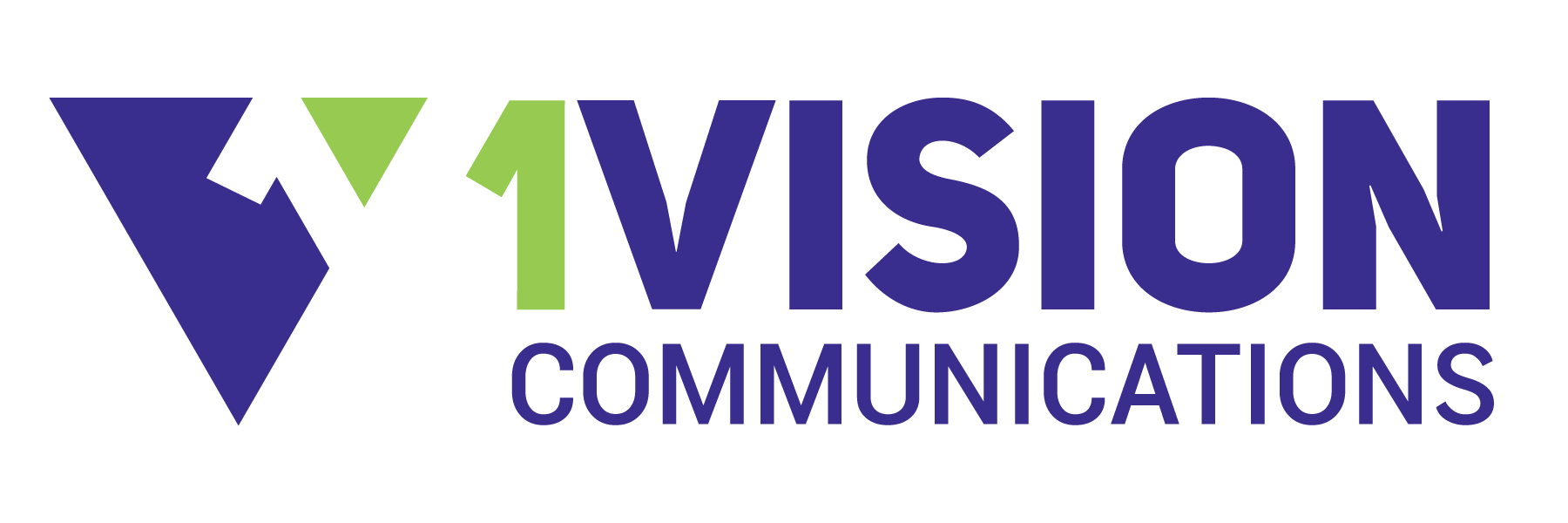The Perfect "Thank You"
A donor has just sent you a monetary gift, donated time, or notified you that your organization will be remembered in their end-of-life plans. After your happy dance is done you think, “I need to send a thank you!”
But, what do you include that insures it will be perfect?
These are not new ideas, but they are important. Here they are again, collected for your benefit and for the joy of your donors:
- Prompt. Any response you make must be within 48-hours. It must. You simply can’t let other disasters distract you from the important job of acknowledging the gift.
- Personal. We suggest that every above-average gift get a hand-written thank you in addition to the obligatory tax-receipt. (Some hand-write ALL.) And don’t boilerplate! Mention their family, what you share in common, connections, and anything else that makes them feel like you invested some of your valuable time in exchange for their monetary investment.
- Accurate. Don’t use a name unless you are 100% sure you are correct. Donald may be the name on the tax record, but to his friends he is Don and those closest to him call him Doc. If you don’t know, include a P.S. “Our records show your first name as Donald. How would you prefer to be addressed?”
- Connected. Tell your donor how the money will be used – specifically. Tell them the gallons of paint it will buy, how many dogs it will rescue, how many girls will be kept from a lifetime of shame. They gave you their precious resources because they are connected to your mission; not to your organization.
- You/your or I/we. Count your pronouns. Some have suggested you should have two-thirds of ‘you, your’ and only one-third of ‘I, we, my.’ It’s an interesting exercise to try. It shifts the focus to the donor – where it should be.
- Thank You. End with it. Donors won’t read past it so if you lead with it, there goes the rest of the letter. Just make certain you say it!
- Friendly. Be conversational and honest and relaxed. Gone are the days when formality was valued over being approachable.
P.S. Remember that the acknowledgment may be the close of the donation, but it’s the start of the relationship.
Ever feel like your brand's visual identity is all over the place? You're not alone; keeping a consistent look across all your marketing channels can be a real challenge. We understand how crucial it is to maintain visual brand consistency. (We ran into the same issue with our own brand!) It’s not just about aesthetics; it’s about ensuring your audience instantly recognizes and trusts your brand, no matter where they encounter it. Consistency builds credibility and makes your brand memorable. It’s okay to ask for help. So, how does 1Vision help your brand stand apart? First, we dig a bit into what your brand is and what you’d like it to be. Then, we use a suite of resources and tools designed to create professional-looking graphics, logos, and visual content that truly reflect your brand’s personality. Think of us as your brand’s personal stylist. We ensure that everything from your website and social media to your email newsletters and e-signatures has a cohesive, polished look. It’s like dressing your brand in its best outfit every single day! Additionally, we establish clear brand guidelines— “rules” that ensure future content remains consistent. This way, no matter who is creating your content, it always aligns with your brand’s visual identity. We make the process smooth and stress-free by leveraging our expertise and mastery of professional tools. This allows you to focus on what you do best—running your business or nonprofit—while we handle the intricacies of maintaining a strong, consistent brand image. https://www.with1vision.com/services#MarketingandCommunication

We’ve come to the end of our self-imposed marketing journey—and we’re wrapping up with the topic you probably wanted us to start with! Do I really need to say it? Understanding your marketing performance is absolutely key to driving improvement and achieving your business goals. The good news? There are plenty of analytics solutions out there to help you track key performance indicators (KPIs), measure ROI, and optimize your strategies over time. Start by identifying the metrics that matter most to your objectives, and then, set up customized tracking systems to capture accurate data. From there, we can help turn that data into actionable insights and informed recommendations—like setting goals, defining objectives, and marking progress with mileposts along the way. This process isn’t for the faint of heart—it takes persistence and attention to detail. (Pro tip: hand this job to the people who ask all the tiny questions that drive you nuts. They were born to track KPIs, ROI, and website hits!) With the right tools and a bit of know-how, you’ll soon be analyzing website traffic, monitoring social media engagement, and tracking email campaign performance like a pro. A quick plug for two simple yet game-changing principles: Track only what you’ll actually use. Don’t waste time and money chasing data you don’t plan to act on. Start with a baseline. Knowing where you began is just as important as knowing when you’ve arrived. The best part? Many of the resources you’ll need along the way are free or affordable—perfect for marketers of all levels. And if you’re looking for a partner to help you achieve your business analytics objectives, give us a call. We’d love to help you get started!

I struggled with blog title more than all the others in the series—combined! How do I succinctly, yet powerfully encapsulate that this one item, which is an accumulation of disparate, grassroots actions, may be the most important to your marketing—even if you represent a multi-national brand? Every company or nonprofit has a community. I’m not just talking about physical geography, although that may pertain. The community most important to you is the group of people who specify, donate, buy, use, or influence the purchase of your product or service. Building long-term, unbreakable relationships with them is essential for long-term success. Nothing—no ad series, social media campaign, or sales gimmick, no matter how well-constructed—can compare to the importance of connecting with your target audience on a personal level. You have the opportunity to establish trust and credibility through every interaction and every step in the customer journey. Here are a few examples. Think about your own situation while you read. Conagra Brands Conagra Brands, with products like Healthy Choice and Marie Callender's, through its Foundation, focus on alleviating food insecurity by supporting nonprofits that provide access to nutritious food, nutrition education, and healthy lifestyle programs. In 2023, Conagra donated over 30 million pounds of food to Feeding America and its network of food banks. ITW (Illinois Tool Works) ITW, a diversified manufacturer, has partnered with United Way in their local communities for over seven decades, investing an average of $6.1 million annually over the last five years. Their employees actively participate in local initiatives, contributing both time and financial resources. Procter & Gamble (P&G) P&G, the parent company of brands like Tide and Pampers, provides essential products to those facing challenging circumstances. They collaborate with organizations to distribute to ‘their’ communities in need (think hurricanes, floods, fire, etc.), ensuring that their products reach individuals who can benefit from them the most. Nike Nike collaborates with over 200 organizations worldwide to bring sports opportunities to young people, aiming to address inequality and promote active lifestyles. Yes, we’re talking about the local events, sponsorships, and collaborations. Those pesky community festivals, or sponsorships of a local sports team, or presentation to a local garden club help create meaningful connections that drive brand loyalty and customer engagement. Each is a small incremental step, but we often fixate on the destination and not the all-important sustained journey. As you become an integral part of your local community, you can achieve your business objectives and become a trusted brand/friend for generations. https://www.with1vision.com/about-us#OurInvolvement

